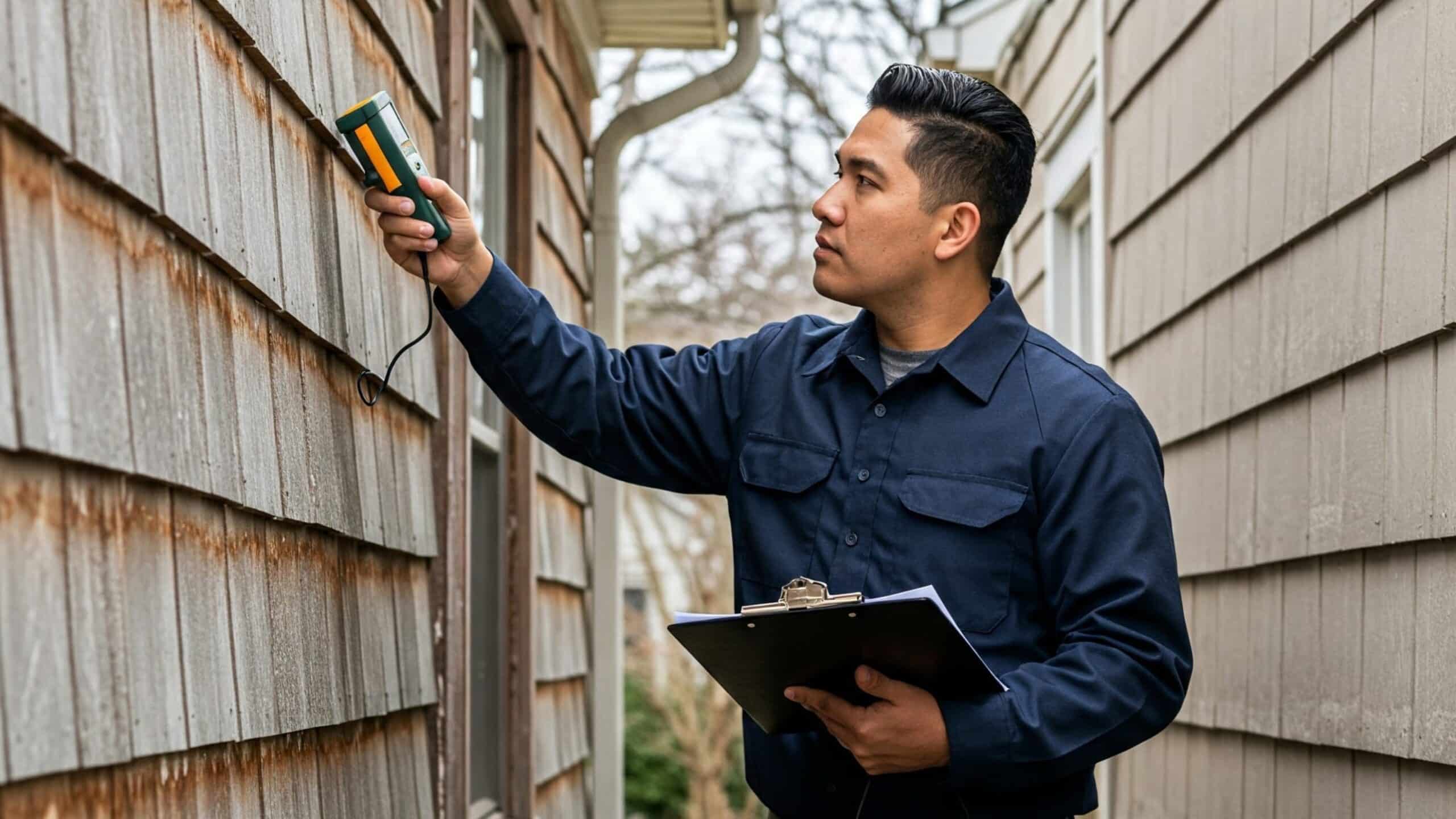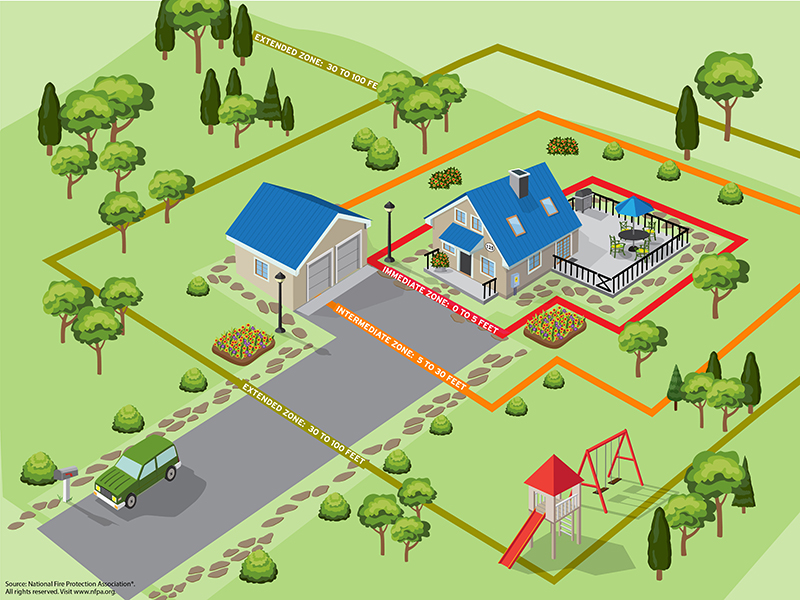
Home Hardening
Home Hardening: Protecting Your Napa Valley Home from Wildfire
Wildfire is a reality in Napa County. Embers carried by the wind destroy far more homes than flames that burn directly against a structure. Research shows that 60–90% of homes lost in wildfires ignite from embers, not from the main fire front.
The good news: there are proven steps you can take to reduce risk. By combining defensible space with home hardening upgrades, you can dramatically improve the chance that your home and neighborhood survive a wildfire.
How Wildfires Ignite Homes
Wildfires threaten homes in three main ways:
- Wind-blown embers – burning debris carried more than a mile through the air.
- Radiant heat – intense heat from nearby burning materials.
- Direct flames – fire spreading directly to the structure.
Of these, embers are the greatest danger. They can enter through vents, ignite debris in gutters, or set fire to fences, decks, and vegetation near the home. Protecting the area around your home is just as important as hardening the structure itself.
The Home Ignition Zone (HIZ)
Your home’s vulnerability isn’t just about the structure itself. It’s about everything within 200 feet of your foundation — called the Home Ignition Zone (HIZ).
By managing this area, you greatly reduce the chance that embers, heat, or flames will find fuel to ignite your home.

Home Hardening Upgrades
Even with defensible space, homes are still vulnerable if building materials aren’t fire-resistant. Key upgrades include:

Vents & Eaves
- Cover vents with ⅛-inch (or finer) metal mesh to block embers.
- Enclose open eaves to prevent heat and flame entry.

Roofs & Gutters
- Install a Class A roof (asphalt fiberglass shingles, tile, or metal).
- Clean leaves and debris from roofs and gutters.
- Use noncombustible gutter guards and drip edges.

Siding & Windows
- Replace combustible siding with stucco, fiber cement, or metal.
- Choose dual-pane tempered glass windows for heat resistance.
- Install noncombustible shutters if buildings are close together.

Decks & Fences
- Keep the area under decks free of vegetation and debris.
- Upgrade the first 5 feet of fencing near the home to a noncombustible material.
- Store cushions, furniture, and other combustibles away during fire season.

Garages & Chimneys
- Seal garage doors to keep out embers; add a battery backup for emergencies.
- Screen chimneys with noncombustible mesh.
- Close garage and chimney flues when wildfire threatens.

Engineered Systems
- Exterior sprinkler systems designed for wildfire defense.
- Automatic ember vent closures that seal when exposed to high temperatures.
- Battery backups or generators to power critical systems during outages.